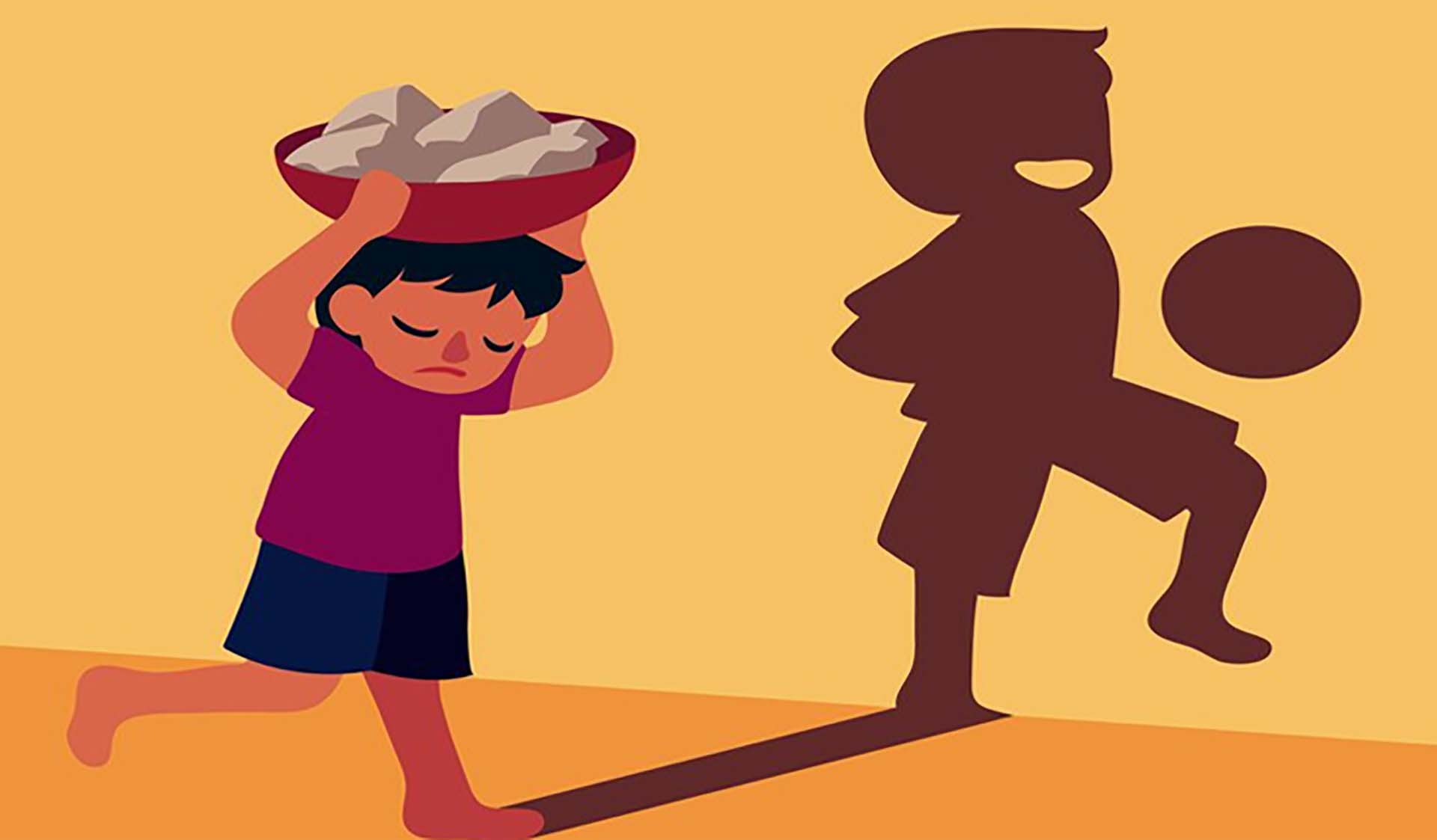 |
| The world has made great progress in reducing child labor, but is also witnessing global trends reversing. (Illustration photo) |
This year’s World Day Against Child Labour (12 June) marks the 25th anniversary of the adoption of the International Labour Organization (ILO) Convention No. 182 on the Worst Forms of Child Labour (1999). It is an opportunity to remind all stakeholders to improve implementation of the two core ILO Conventions on child labour: Convention No. 182 and Convention No. 138 on Minimum Age for Admission to Employment (1973).
In recent years, the world has made great progress in reducing child labor, but is also seeing global trends reverse. With the adoption of United Nations Sustainable Development Goal 8.7, the international community committed to eliminating child labor in all its forms by 2025.
In Vietnam, according to statistics from the Department of Children, Ministry of Labor, War Invalids and Social Affairs, there are currently about 1 million children under 17 years old working illegally, accounting for 5.3% of the total number of children in the country, of which more than 500,000 children have to work in arduous, toxic and dangerous conditions. Of the child laborers, only 45.2% continue to go to school, 52% have dropped out of school and 2.8% have never gone to school. These are sobering figures for policy makers and also a significant challenge in ensuring children's rights in general and the rights of child laborers in particular.
Over the years, Vietnam has developed and improved legal regulations and implemented many synchronous policies to protect children and reduce child labor. Children are a group of subjects that are given special attention in social security policies to create conditions for them to access the best possible opportunities, especially learning opportunities, thereby contributing to preventing and reducing the rate of child labor in different occupations.
On that basis, many humane and long-term meaningful social programs and policies have been and are being applied to children nationwide. Notably, the National Program on Prevention and Reduction of Illegal Child Labor for the 2021-2025 period, with a vision to 2030, has been approved by the Prime Minister with three core objectives: preventing and detecting cases of illegal child labor, supporting and intervening for children engaged in illegal labor and children at risk; raising awareness about prevention and reduction of child labor. The program aims to reduce the rate of child labor from 5-17 years old to below 4.9% by 2025 and 4.5% by 2030.
To eliminate child labor, in addition to practical policies from the State, it is necessary to have community solidarity, implement drastic measures, and promote the role of family and society in preventing child labor.
Child labor is not just a story in Vietnam, it is a global issue, requiring all countries in the world to join hands to fight this situation. Countries need to implement synchronous policies to support national laws on child labor; international organizations, governments, unions, and employers need to join hands to solve the problem at its root, ensuring that children enjoy full rights and develop properly.
As the deadline for achieving Sustainable Development Goal 8.7 approaches, now more than ever, the world must join hands to accelerate action towards ending child labour in all its forms for the future of children themselves, as well as the sustainable development of the country.
Source: https://baoquocte.vn/hanh-dong-de-khong-con-lao-dong-tre-em-274828.html


![[Photo] Looking back at the impressive moments of the Vietnamese rescue team in Myanmar](https://vstatic.vietnam.vn/vietnam/resource/IMAGE/2025/4/11/5623ca902a934e19b604c718265249d0)




![[Photo] "Beauties" participate in the parade rehearsal at Bien Hoa airport](https://vstatic.vietnam.vn/vietnam/resource/IMAGE/2025/4/11/155502af3384431e918de0e2e585d13a)




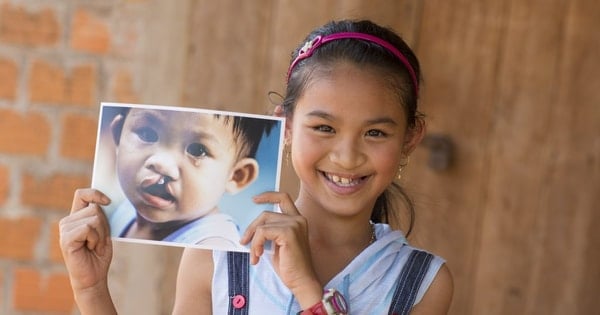

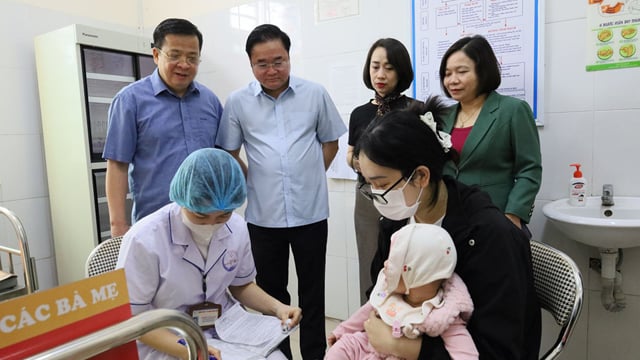

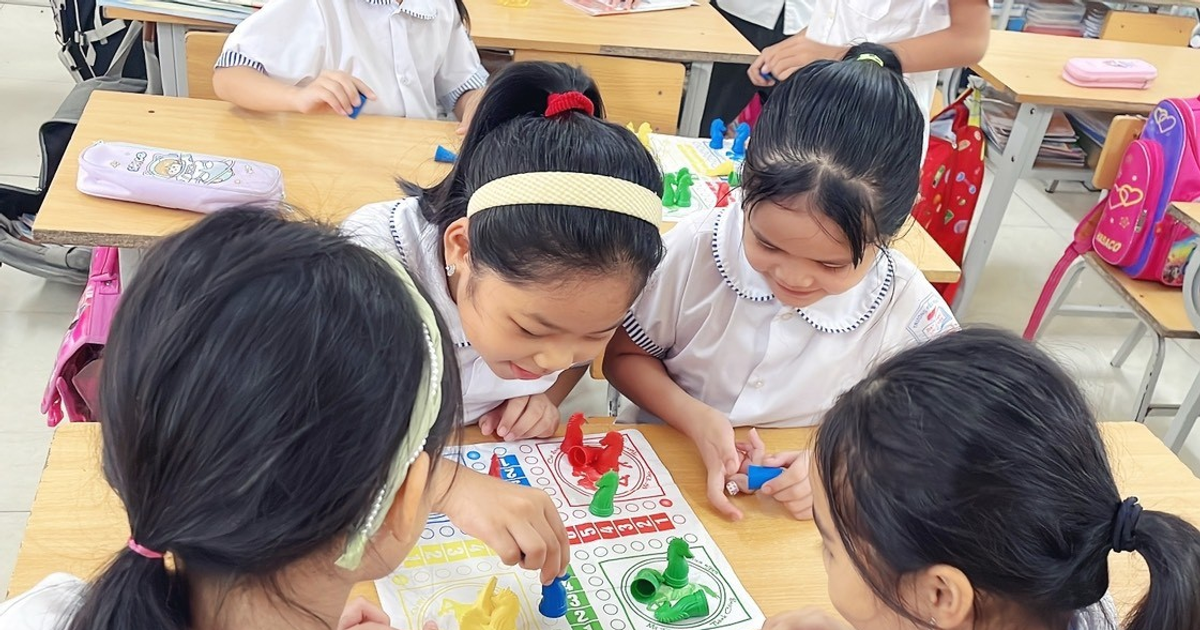




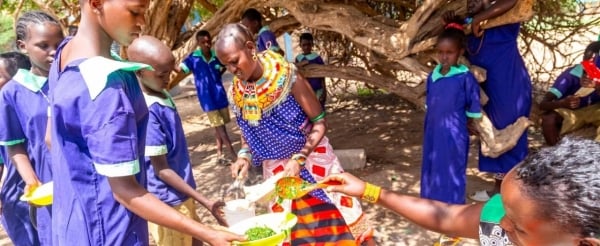
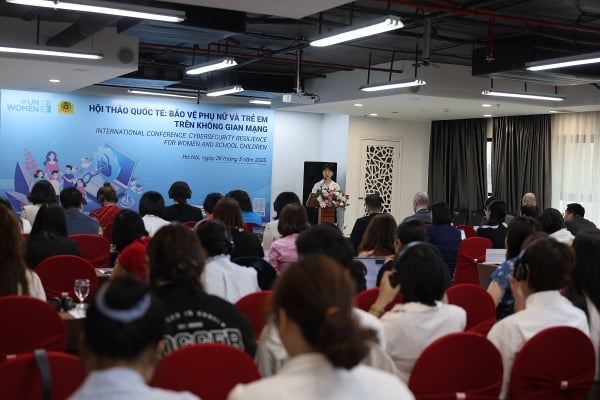
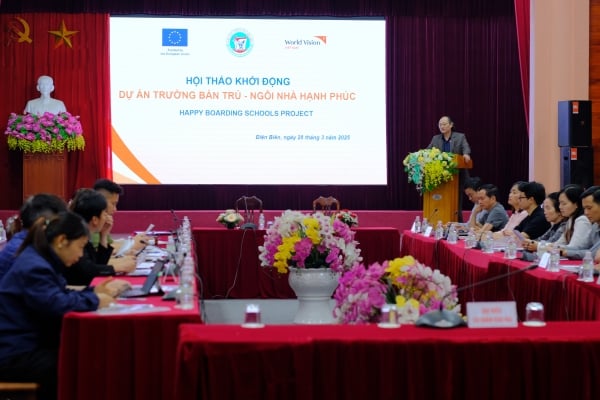
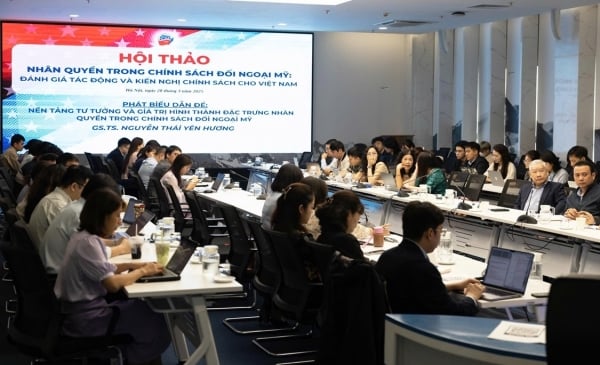






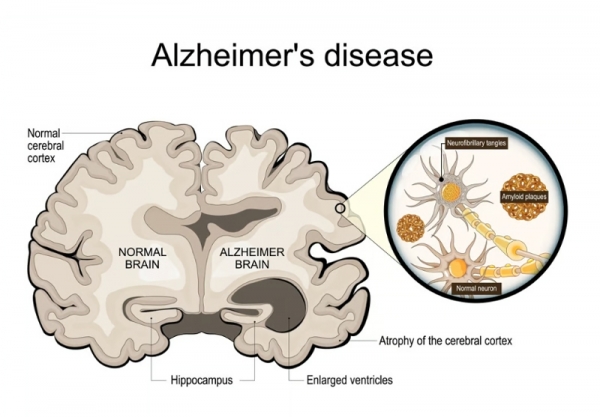


![[Photo] Summary of parade practice in preparation for the April 30th celebration](https://vstatic.vietnam.vn/vietnam/resource/IMAGE/2025/4/11/78cfee0f2cc045b387ff1a4362b5950f)














































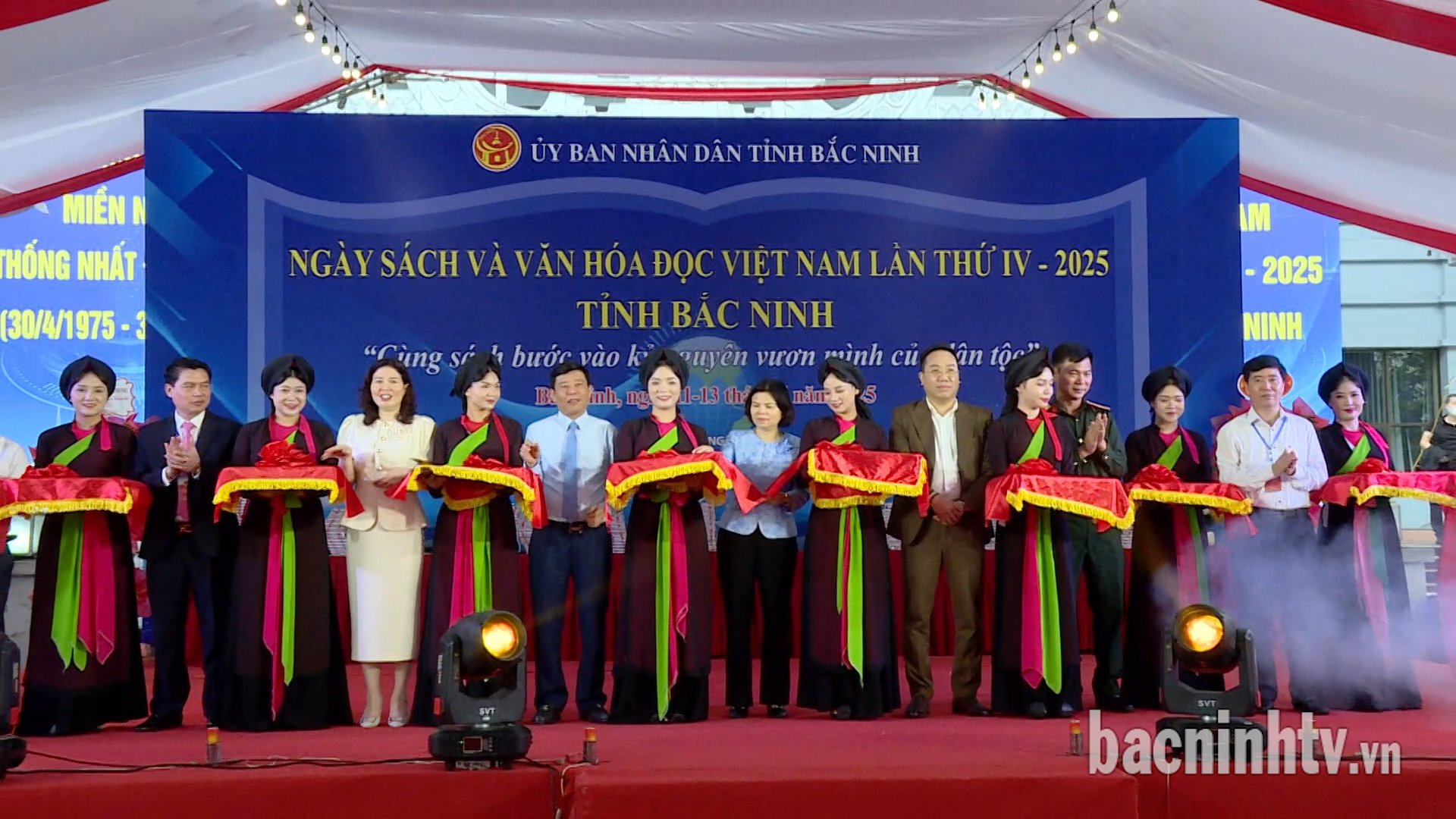










Comment (0)